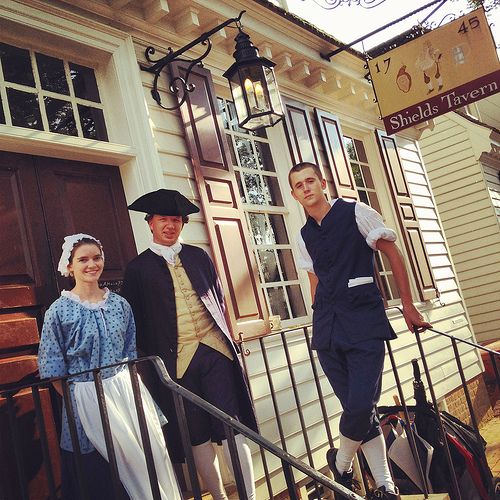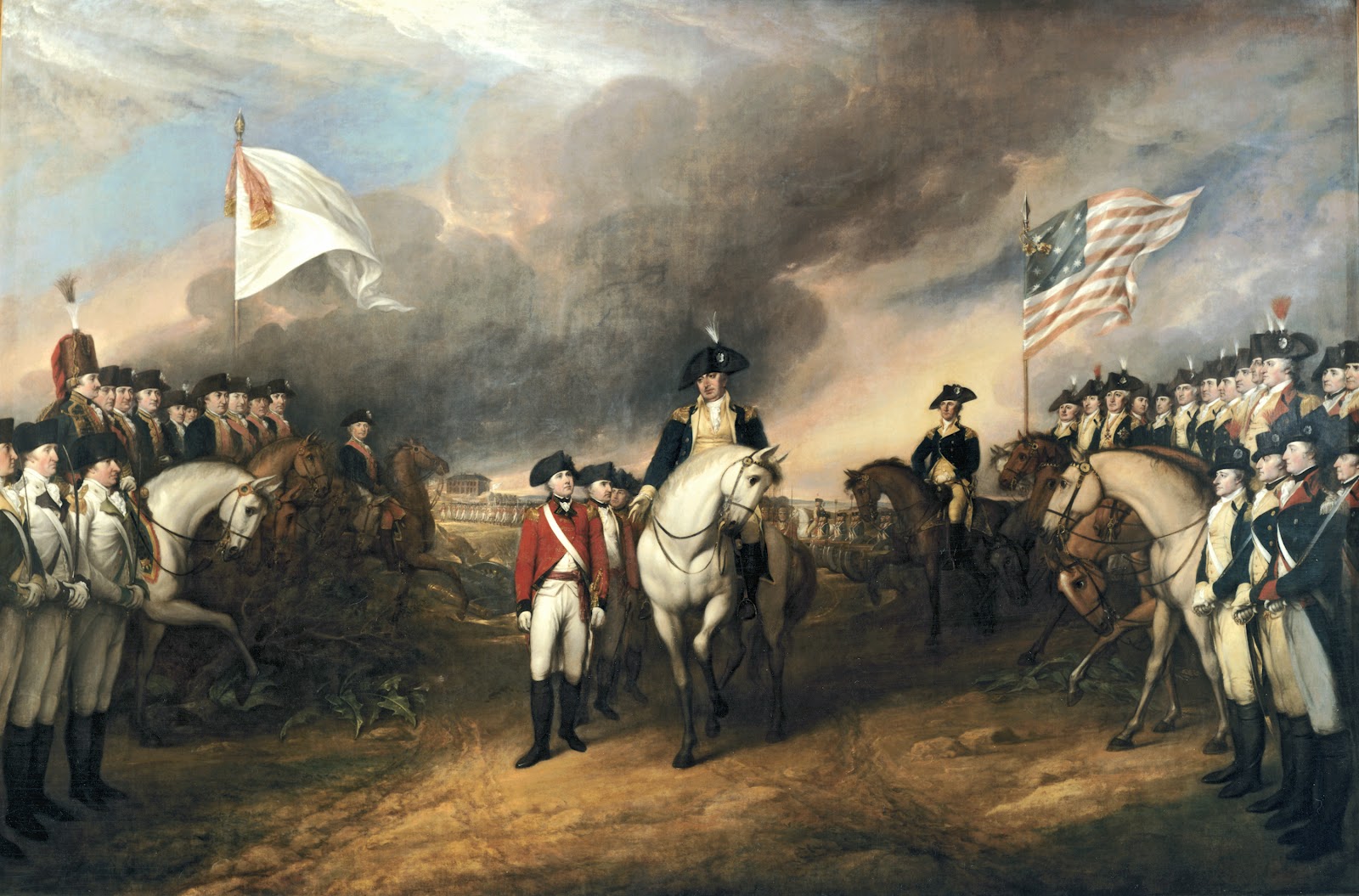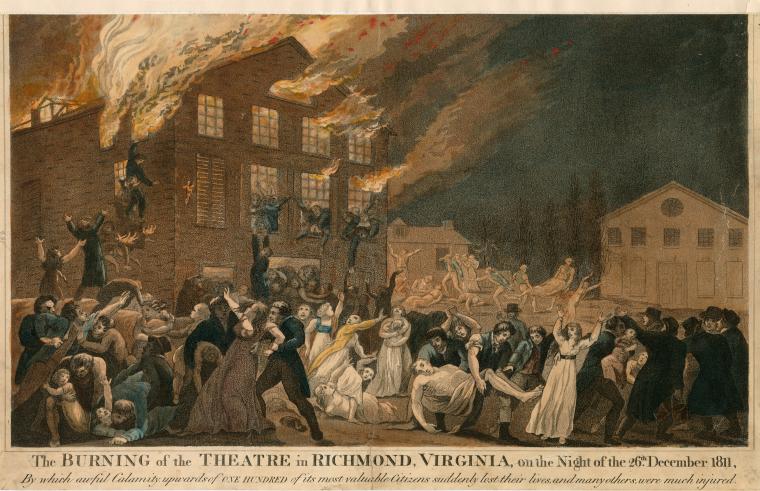From the Booth Family to James Shield
James Shields sits way up and far to the side on my family tree, but this line includes some Revolutionary War soldiers, a president and a victim in the first national tragedy so that makes it a branch of the tree worth a little blogging time.
It’s been a crazy few months but anytime I get an extra minute or two, I’ve been researching the lineage of my 2nd great-grandmother, Sarah Evelena “Lena” Booth Marbury. Here is how you get from me to my 9th great-grandfather, James Shield:
My mother is Shirley Ann Lovelace Williams, the daughter of:
Virginia Brantley Lovelace, the daughter of:
Allie Ern Marbury Brantley, the daughter of:
Sarah Evelena “Lena” Booth Marbury, the daughter of:
William G. “Billy” Booth, the son of:
Stephen Shaybe Booth, the son of:
John Booth, the son of:
Elizabeth Cobb Booth, the daughter of:
Mary Shields Cobb, the daughter of James Shield and Hannah Marot.
James was born in 1670 in Williamsburg, Virginia and died there on 2 June 1727. He lived his entire life in Williamsburg where he ran what was called at the time, “an ordinary” or a combination restaurant, bar and inn.

Courtesy David Kozlowski / Costumed staff at Shields Tavern.
You can check out a recreation of Shield’s Tavern in Williamsburg, Virginia at the same location as the original at 422 E Duke of Gloucester, or you can read more about it on Colonial Ghosts.
James Shield life is documented in “Colonial Families of The Southern States of America” which was written in 1911 by Stella Pickett Hardy. It’s a great research tool and I really like what she wrote in the forward:
“I have dealt strictly with the genealogical history of Southern families whose Colonial forefathers were established in the Colonies before the formation of the thirteen original States. I have flattered no one, and it can-not be said that this work is written in the interest, of one more than another, I admit that some records are more fully given than others; it could not be otherwise, for it was the relatives or friends of these families that responded to my repeated calls for authentic information.”
Of my 9th great-grandfather, James Shield, Ms. Hardy wrote:
“The Shields family of Virginia, is a very ancient and honorable one, the first of this family in Virginia, of which we have authentic record is, James Shields, of Williamsburg, VA.: he was one of the early ordinary keepers of the Colony; was a staunch supporter of the Established Church; m. Hannah, of what family is unknown…”
There were other interesting facts about James Shield’s offspring included in Hardy’s book that inspired me to do a little more research.
George Washington Ate Here
James Jr. was appointed surveyor for York County in 1744. He first married Elizabeth Cobbs, the daughter of Robert Cobbs and Rebecca Pinkethman. After her death, he married Anne Marot, the widow of James Inglis, the son of Mungo Inglis, the first Grammar Master of William and Mary College. After James’ death, Anne ran the inn for a few years then married Henry Wetherburn who also ran an inn in Williamsburg. According to some posts, George Washington dined at Wetherburn’s.
President John Tyler
James Jr. and Anne Shield’s daughter, Anne, married Robert Booth Armistead. Their daughter, Mary Marot Armistead, married Governor John Tyler Sr., a Virginia planter, judge, and 15th Governor of Virginia.
They were the parents of John Tyler, the 10th President of the United States.
(source: “Shields Family.” The William and Mary Quarterly 5, no. 2 (1896): 117-20. doi:10.2307/1914910.0)

When Tyler was just seven years old, his mother Mary died after having a stroke. At the age of 12 he attended the College of William and Mary like his father before him, and later enrolled in the collegiate program of the college. He graduated in 1807 when he was 17 years old.
After that, Tyler studied law, first under the tutelage of his father, then under his cousin, and finally under Edmund Randolph, the first US Attorney General. Tyler was admitted into the Bar in 1809 and, in 1840, became the Vice President under William Henry Harrison. Harrison died after just a month in office so John Tyler became President.
James Shield, III and the Surrender of Lord Cornwallis

The painting “Surrender of Lord Cornwallis” by John Trumbull is on display in the Rotunda of the US Capitol.
James Jr. and Anne Shield’s son, Colonel James Shields, III served in the Revolutionary War and was present at the surrender of Lord Cornwallis. His great-grandson, James Shield, IV owned a large plantation near Yorktown.
Elizabeth Page Shields and the First Great Disaster
At the age of 23, James IV’s daughter, Elizabeth Page Shields died from injuries she received in what is now referred to as the first great disaster in American history, the burning of the Richmond Theater on December 26, 1811. Source

Benjamin Tanner, “The Burning of the Theatre in Richmond, Virginia, 1811”
Many of Virginia’s most prominent families were gathered in the theater that day after Christmas to watch a play, “The Father or Family Feuds” and, as the curtain lowered after the first act, a chandelier was lifted toward the ceiling with the flame accidentally still lit.
As the backdrops and stage area began to burn, the curtain kept much of the audience unaware of the impending disaster. Once it became evident the theater was on fire, panic ensued and many were unable to get to one of the exits before the entire theater was up in flames.
72 people were listed among the dead, including the Governor of Virginia.
Many survived the actual fire, only to die later from the injuries they sustained.
After the fire, a church was built on the spot with the mass grave of all the victims becoming a crypt located in the basement. The church, now called Monumental Church, was declared a National Historic Landmark in 1969 and is now owned by the Historic Richmond Foundation.
Meredith Henne Baker has written an interesting book about the topic called “The Richmond Theater Fire.”
Back to Haywood County Line.
